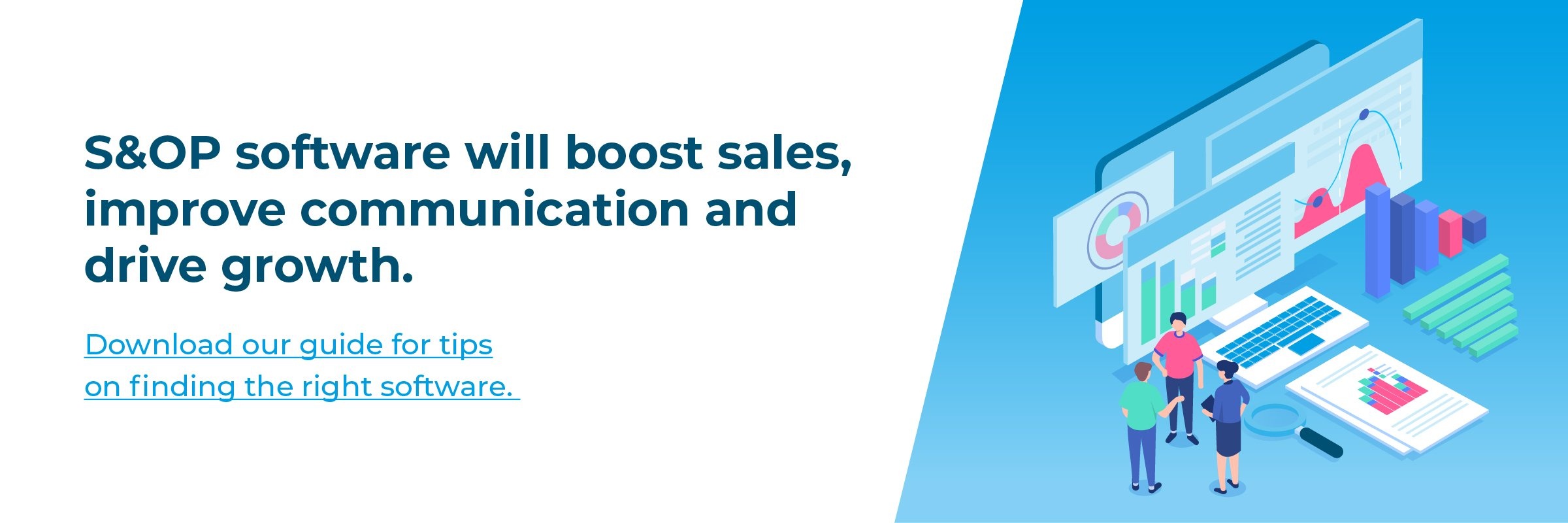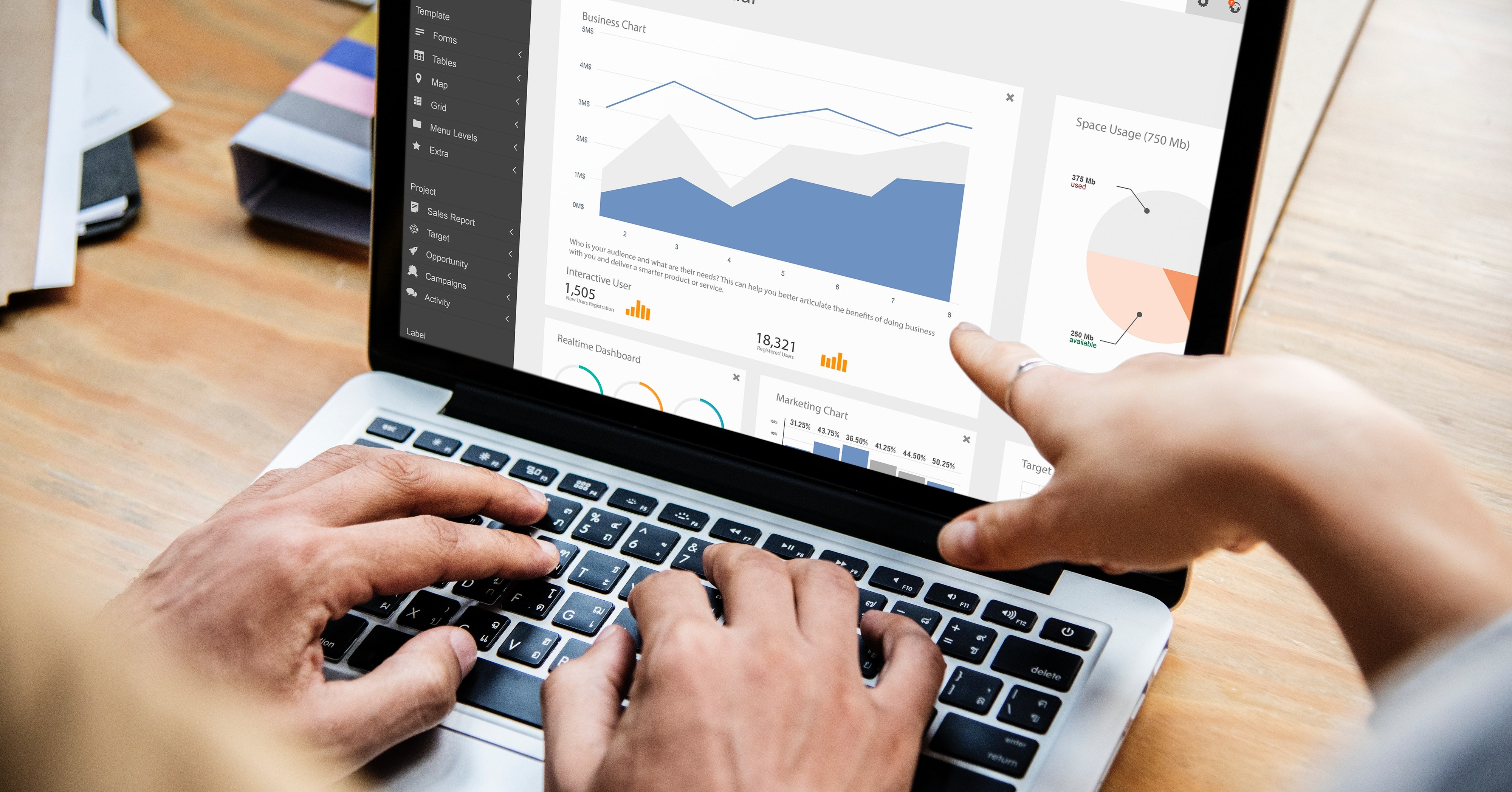Understanding what Connected Planning can do for your business is important. By leveraging the combined power of cloud-based software, specifically designed for collaborative planning that links operational plans across all departments and processes, you can ensure your business becomes dynamic, collaborative and intelligent at all levels.
Intelligent planning is universal, meaning that teams are no longer working in silos, creating a vastly improved level of efficiency by minimising the time between data analysis and key decision making.
So how do collaborative planning tools help you to move from siloed to Connected Planning? There are three key steps:
- Beginning the journey to Connected Planning
- Using the right tools for the job
- Employing centralised plans and reliable data
1. BEGINNING THE JOURNEY TO CONNECTED PLANNING
Up until now, it was usually the case that the annual business plan, or ‘roadmap,’ was researched and created by an isolated team within an organisation. Often, this plan is shelved as it cannot adapt or react quickly enough to changes in a volatile market. It’s static and doesn’t provide an adequate response to this volatility.
It’s better off being left on the shelf.
As traditional organisations work in individual teams (or silos), it can often be the case that collaboration and data sharing is overlooked. Disconnection within a company can be the biggest issue it might face - it may not even know it. This ‘silo mentality’ can potentially affect a business’ efficiency and even damage the corporate culture.
The future of efficient, successful business is through investment in technology which has the right kind of collaborative planning tools. So what are these tools?
2. Using the Right Tools For the Job
Previous business models were managed by spreadsheets and the point solutions of yesterday. Today, due to new market entrants, changes to business models and new technologies, disruption and uncertainty are issues you’ll have to face. Collaborative planning tools provide the agility and power to handle business data and adapt to change.
Connected Planning platforms will offer cloud-based services where planning and modelling is carried out in real-time. Through the ability to manage large amounts of easily accessible data, the ‘silo mentality’ will become a thing of the past.
Connected Planning software makes your models and reporting universally readable across your organisation. No longer will you need to send multiple versions of plans and reports back and forth throughout different teams as centralised data hubs will be available to all.
Collaborative planning tools help your team create the plan, utilise it and achieve it.
3. Employing Centralised Plans and Reliable Data
Outdated business planning has one glaring issue. Collecting, sharing and trusting data becomes seemingly impossible because it comes from several different applications. This data is also usually presented in spreadsheets which can be confusing, difficult to audit and prone to human error.
In contrast, collaborative planning tools are connected and offer cross-functional collaboration. Using them, you can undertake sales forecasting, demand management and even financial budgeting - all on one platform.
The one-platform system allows for shared data. This is a great way to increase trust and respect amongst a corporate culture - employees can see the data for themselves. With increased transparency, issues with inefficiency and human error can be overcome. Connected Planning software provides a space in which involved parties can respond instantaneously to data insights.
Data transparency and insights are aided by predictive algorithms, Machine Learning and helpful simulations. These features collect data from internal and external sources which helps to create the most accurate and relevant courses of action.
How Connected Planning Works as a Continuous Process
‘Limited technological architecture’ can create inefficient siloed planning. Ventana Research found that nine out of ten businesses still use spreadsheets to plan, budget, analyze, and report. Static data and standalone spreadsheets do nothing to keep up with today’s rapidly evolving economy.
Without the technical infrastructure that enables collaboration between sales, marketing, supply chain and finance, plans will lack momentum or fall apart. All these departments are linked and rely on each other to keep the wheel turning and collaborative planning tools can help with that.
While individual planning software was developed to help increase company performance across several areas, they were never developed with integration in mind. According to a recent report by Mint Jutras, to keep up with market changes, companies need to ‘establish and continuously monitor a detailed plan.’
‘Performance must be continuously monitored against the plan, which must evolve and adapt with change.’ Collaborative planning software allows for this because of its built as a platform of growth and adaptation. As your company grows, it does too.
To resist siloed planning, invest in a Connected Planning software that enables dynamic growth, proactive decision-making and collaborative data sharing. But which software is right for your business?
Find the Right Connected Planning Software For YouR ORGANISATION
To get the most out of Connected Planning, you need to find the software which will work the best for your organisation.
To do that, download our helpful guide to Sales & Operational Planning (S&OP) software. You’ll be able to explore what it is, its benefits, the different services available and more.
Click the link to download your free copy.




